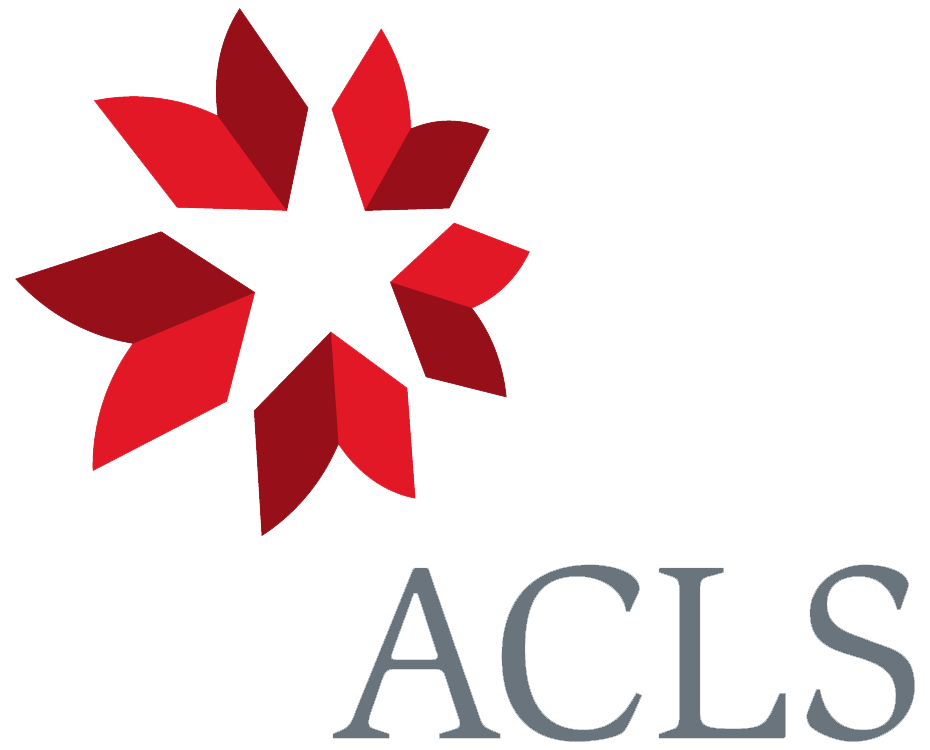To J. D. Hooker 3 May [1859]
Down Bromley Kent
May 3d
My dear Hooker
Thanks about N. Zealand plants & the Nelumbium & I will put in “probably”.—1
The pamphlet shall be returned in day or two.—2
With respect to reversions; I have been raking up vague recollections of vague facts; & the impression on my mind is rather more in favour of reversions, than it was when you were here.—3 In my abstract I give only a paragraph on the general case of reversions, though I enter on detail on some cases of reversions of special characters.—4
I have not as yet put all my facts on this subject in mass, so can come to no definite conclusion. But as single characters may revert, I must say that I see no improbability in several reverting. As, I do not believe any well founded experiment or facts are known, each must form his opinion from vague generalities.— I think you confound two rather distinct considerations: a variation arises from any cause, & reversion is not opposed to this, but solely to its inheritance.5 Not but what I believe, what we must call perhaps a dozen distinct laws are all struggling against each other in every variation which ever arises.—
To give my impression, if I were forced to bet, whether or not, after a 100 generations of growth in a poor sandy soil, a cauliflower & red-cabbage would or would not revert to same form, I must say I would rather stake my money that they would.— But in such a case the conditions of life are changed (& here comes question of direct influence of conditions.), & there is to be no selection; the comparatively sudden effects of man’s selection are left to the free play of reversion.6 In short I darenot to come to any conclusion without comparing all facts, which I have collected, & I do not think there are many.
Please do not say to anyone that I thought my Book on species would be fairly popular & have a fairly remunerative sale (which was the height of my ambition) for if it prove a dead failure, it would make me the more ridiculous.—
I enclose a criticism,—. a taste of the future.—
I have had invite to dinner from Gassiot., & have sent to say I wd. subscribe £100, & gave my opinion on some points, which we talked over.—7
Ever yours | C. Darwin
[Enclosure 1]
Revd S. Haughton Address to Geolog. Soc. Dublin8
“This speculation of Mess. Darwin & Wallace would not be worthy of notice, were it not for the weight of authority of names (ie Lyell’s & yours)9 under whose auspices it has been brought forward. If it means what it says, it is a truism; if it means anything more, it is contrary to fact.”—
Q. E. D.—
[Enclosure 2]
Since writing the enclosed note, I have thought I would expand a little on the subject of Reversion for my Abstract; & I send it uncorrected, as you may possibly like to see what I say. Please return it soon; but I am not quite sure whether or not I shall insert it. I have already separately touched on most of the points.—
[Enclosure 3]
P.S. 2d. | I return by this Post A. Gray, which I have just read.—10 I see he adopts the notion I sent him, of the homogeniety of the flora on the circumpolar land before the Glacial period, when the climate was warmer, & there was an open highway—11 What rubbish, Agassiz talks.—12
Footnotes
Bibliography
Autobiography: The autobiography of Charles Darwin 1809–1882. With original omissions restored. Edited with appendix and notes by Nora Barlow. London: Collins. 1958.
Correspondence: The correspondence of Charles Darwin. Edited by Frederick Burkhardt et al. 29 vols to date. Cambridge: Cambridge University Press. 1985–.
Gray, Asa. 1858–9. Diagnostic characters of new species of phænogamous plants, collected in Japan by Charles Wright, botanist of the US North Pacific Exploring Expedition … With observations upon the relations of the Japanese flora to that of North America, and of other parts of the northern temperate zone. [Read 14 December 1858 and 11 January 1859.] Memoirs of the American Academy of Arts and Sciences n.s. 6: 377–452.
[Haughton, Samuel.] 1860. Βίογένεσις. [Biogenesis.] Natural History Review 7: 23–32.
Origin: On the origin of species by means of natural selection, or the preservation of favoured races in the struggle for life. By Charles Darwin. London: John Murray. 1859.
Summary
CD favours occurrence of reversions, although lack of experiments forces one to vague opinions. Reversions oppose only the inheritance not the occurrence of variation. Discusses relation of reversion, direct influence of conditions, and selection.
Letter details
- Letter no.
- DCP-LETT-2457
- From
- Charles Robert Darwin
- To
- Joseph Dalton Hooker
- Sent from
- Down
- Source of text
- DAR 115: 13
- Physical description
- ALS 9pp, encl 1p
Please cite as
Darwin Correspondence Project, “Letter no. 2457,” accessed on 26 April 2024, https://www.darwinproject.ac.uk/letter/?docId=letters/DCP-LETT-2457.xml
Also published in The Correspondence of Charles Darwin, vol. 7


